Casa Gancia #140
The first Italian sparkling wine
In the mid-nineteenth century, in Italy, sparkling wine production was little more than a dream, but on the hills between Monferrato and Langa, someone already thought big and traveled to France to get information and get inspired by wines from beyond the Alps.
The first Italian sparkling wine was born after these pilgrimages in 1865 in Canelli, in Piedmont, by Carlo Gancia who, in 1850, founded his winery there.
Carlo Gancia was born in Narzole in 1829 and, in 1848, moved to Reims where he spent a few years, engaged in learning the techniques of processing Champagne, and then returned to Italy in 1850. The same year Carlo Gancia, with his brother Edoardo, founded the “Fratelli Gancia” in Chivasso. By exploiting and reworking the concepts learned in France and applying them to the Moscato grapes, typical of its area, Gancia created in 1865 a new type of Champagne, which he called Spumante Italiano. Thus Carlo became the depositary and the author of the official rules of the first Italian Classic Method, the same ones still followed today.
Metodo Classico
The pressing of grapes from Chardonnay, Pinot Nero and Moscato, for the production of Spumanti Metodo Classico Gancia, takes place in suggestive cellars of over 600 square meters, with exposed brick vaults dating back to the early nineteenth century. Here we find the Marmonier Press, with two cages of 4500 kg each, for the press of 60% of the grapes in a very soft way, 16 temperature controlled stainless steel tanks at a controlled temperature, capable of over 80,000 liters, destined for fermentation and preservation of the sparkling bases Classic Method for the cuvèe and 300 barriques of 225 liters for the fermentation and maturation of the wine.The sparkling wine can then age and mature in the Gancia cellars for at least 30 months.
The search for the perfect product is the heart of Gancia's culture
Passion for one’s own land, respect for traditions and, at the same time, innovation, research and extreme attention to quality, promotion and distribution of products – these guidelines and principles are always present and confirmed in 170 years of company history.
To talk about quality, one must be aware of not neglecting even one detail: water, sun, transform the earth into wine, through delicate and risky passages, all entrusted to the atmospheric time and the direct experience of who works there.
The search for the perfect product is the heart of Gancia’s culture: from the selection of the land and the grapes to the choice of the box and the soft pressing of the grapes, each phase is followed with extreme care.
The underground cathedrals of Casa Gancia represent an incalculable historical heritage of architecture dedicated to oenology: they have been excavated in the past centuries in calcareous tuff, perfect natural thermal insulation able to maintain a constant temperature of 12-14 degrees, ideal for processing and refinement of great wines.Because of their beauty and importance, they have been chosen by UNESCO to be recognized as a World Heritage Site, as part of the project for the candidacy of the wine-growing landscapes of South Piedmont.
The Gancia products tell the story of a company that has not forgotten its origins and traditions, while continuing to innovate and renew itself.
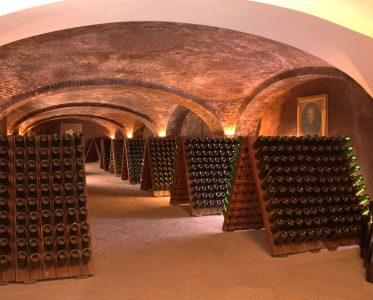
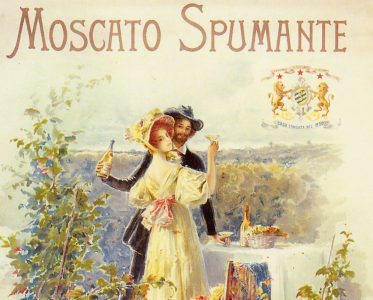
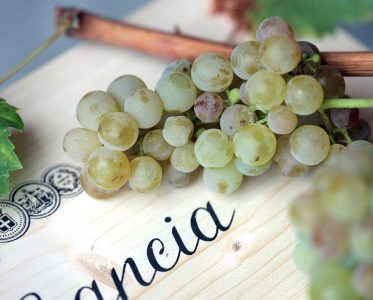
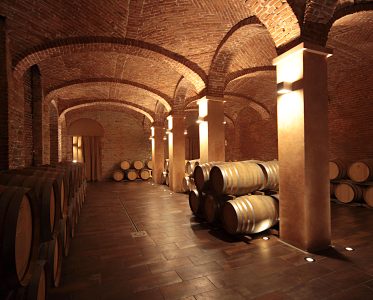
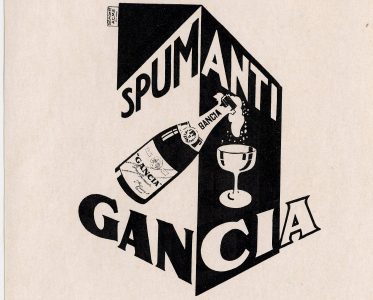
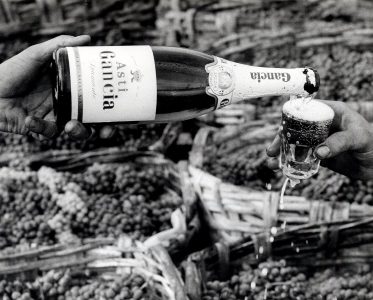
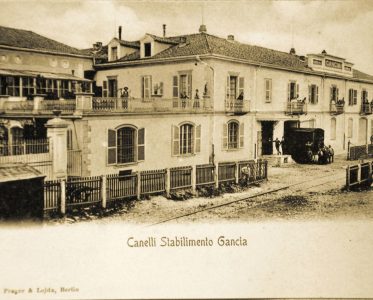
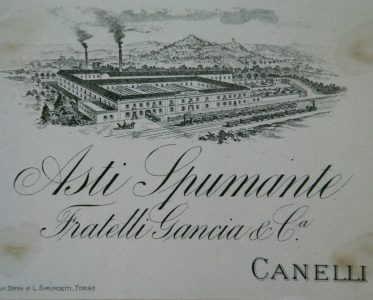
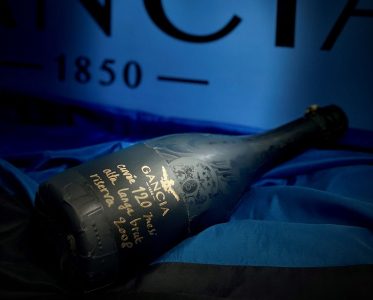
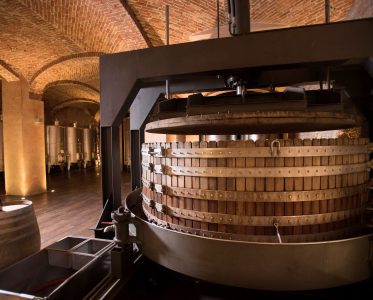
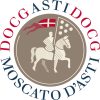
Reviews
This is the veritable Ponderosa encompassing more hectares of vines than the eye can see. Our tour of the family’s original cantina remains an unforgettable experience perambulating through its maze of subterranean cathedral-like cellars with historical memorabilia. Gotta fess-up, we came for the prosecco, this being the birthplace of this magic drop, our palate honed for the refined methodo classico
This is one of Canelli best wine cellar. The tour runs from April to November and by appointment, but is worth doing it. I have got a private tour with Franco, he is the guy who organize the visit, very nice man. The tour will take you through a more than 4km of historic cellar, who have been chosen for recognition by UNESCO as a world heritage site. During the tour you will discover how Italian Spumante (sparkling wine) was made and how the business has evolved in the last century. During the visit you will be able to see historical advertisements and video’s dating back from the 1900. Don’t forget to go try some wine at the bar after or before the tour